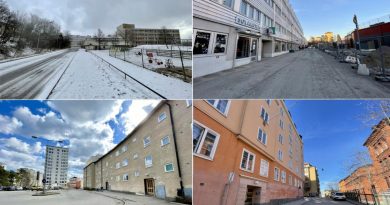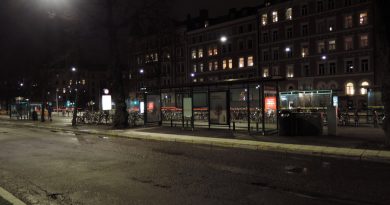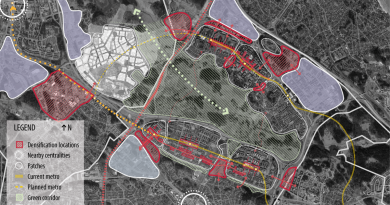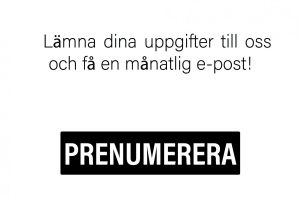Perceived Liveliness Impact on Sense of Safety
Perceived Liveliness Impact on Sense of Safety
In the urban landscape, the perception of safety shapes street utilization, particularly affecting women’s access. Human presence has shown effects on increasing a sense of safety while their presence also contributes to overall liveliness of a street. However, the mere sight of others doesn’t guarantee increased feelings of safety; one can feel secure on an empty street and, conversely, uneasy in a crowded one. Similarly, an empty neighborhood can feel lively through the physical attributes present, perhaps serving as human traces. With this in mind, my master’s thesis, titled “Perceived Liveliness Impact on Sense of Safety: A Study on Women’s Perceived Safety in Human-Lacking Urban Environments through Virtual Reality” ventures into the territory of exploring how perceived liveliness impacts sense of safety.
Activist Jane Jacobs argued that well-designed urban environments that increase “eye’s on the street” with features such as street-facing windows and promotions of mixed-use streets, giving multiple reasons to be on or pass a street, encourages natural surveillance [1]. Drawing on this theory, among others, I created eight 3D street environments in Unity, each combining solid or windowed facades with greenery and street-level attributes predicted to increase the liveliness of the urban environment. Comparing the varying streets with solid versus windowed facades created 16 street corners to be evaluated. Testing involved 27 female participants aged 22-31 at the KTH Royal Institute of Technology, incorporating a two-alternative forced-choice method in a VR environment. Prior to starting the VR trail, the women were given a scenario of that they are walking home by themselves and that they should choose to walk towards the street that they would feel safest. Participants were then placed in each street corner in VR, making both streets visible from the starting position (to minimize the risk of choosing the street first perceived) and instructed to walk towards their choice upon hearing a beep. Their movement teleported them further down the street of their choice and this was repeated for all 16 corners, twice. Post-testing included a semi-structured interview regarding their real-life experiences, along with a presence questionnaire.
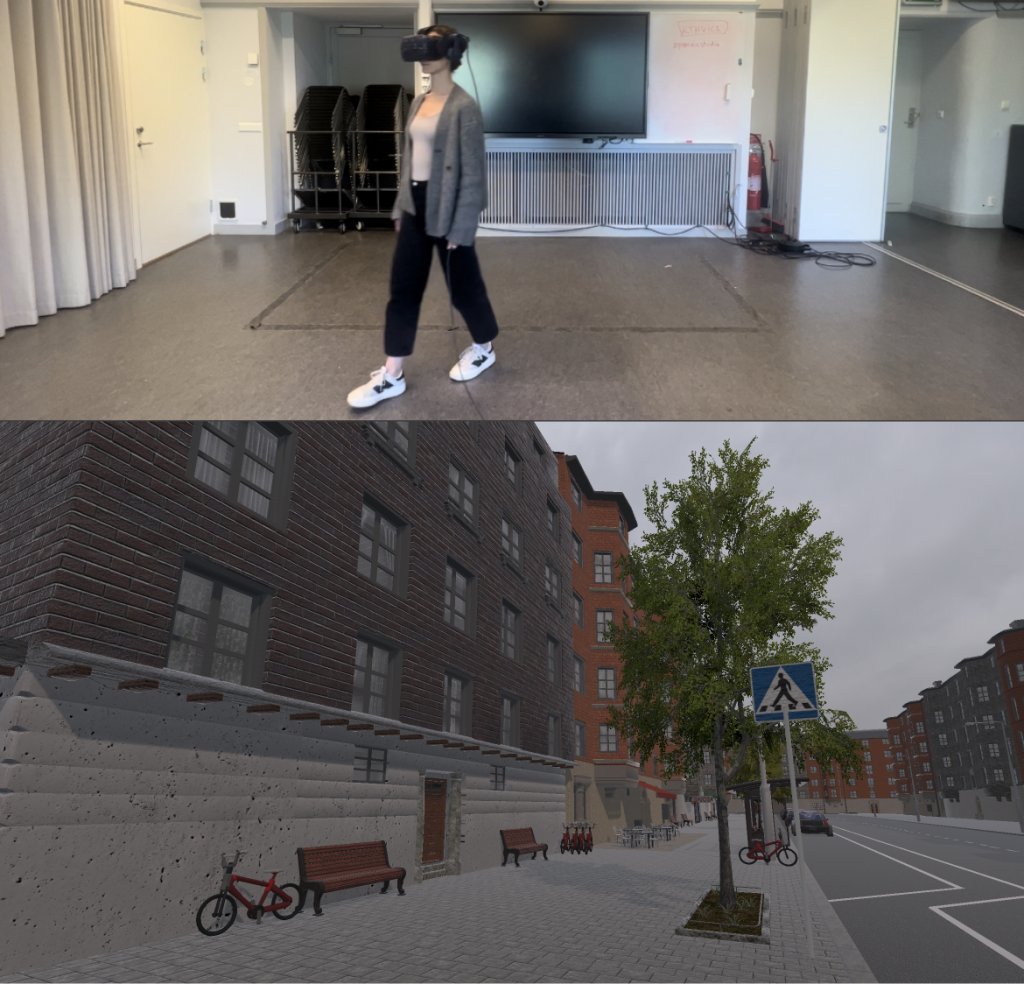
Above: Atesting where the user is walking towards her choice. Below: what she is seeing.
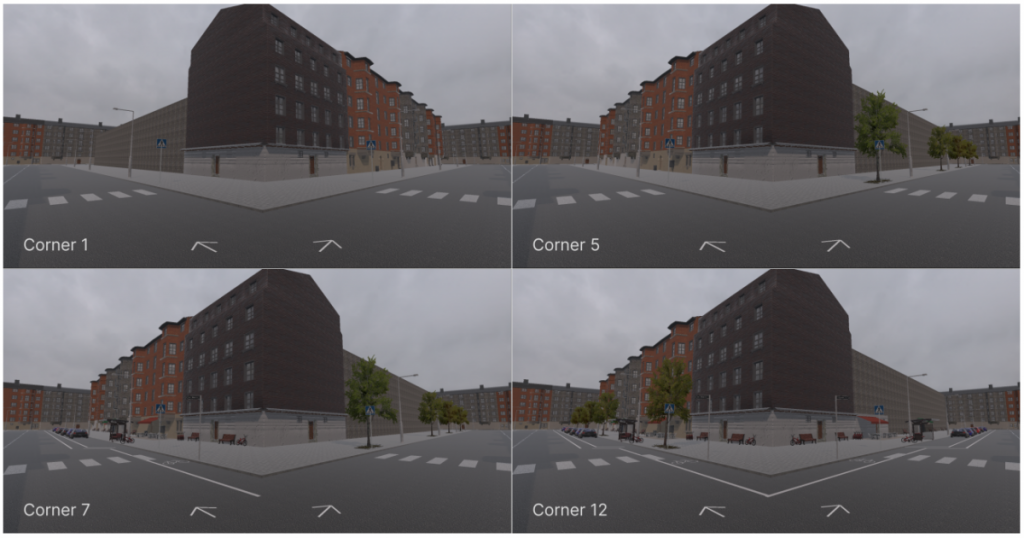
Examples of corners from the participants starting position.
Analysis of the results showed the importance of having others present, which is in line with previous research, while also providing new suggestions that physical attributes can serve as proxies for human presence, enhancing perceived safety. The results indicate that attributes such as windows, commercial seating, bus stops, and parked cars contribute to a sense of safety, while aesthetics, including greenery and visual appeal, have a lesser impact. Windowed facades, associated with human presence and natural surveillance, generally held preference over solid facades, except in instances where street-level attributes were present, emphasizing their importance.

Ebba Rovig
I’m a KTH graduate engineer with a master’s in interactive media technology, specializing in visual media. My interests revolve around tech for good, HCI and innovation, with a particular curiosity for how media technology can contribute to positive societal impact. My studies in VR, perception and personal interest in women’s safety lead me to the previously unfamiliar field of urban design.

